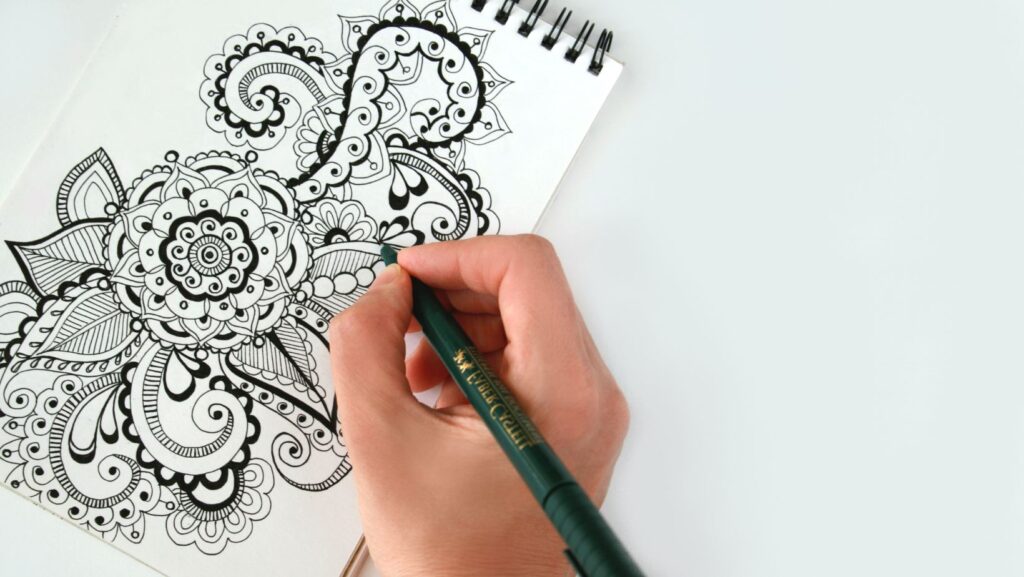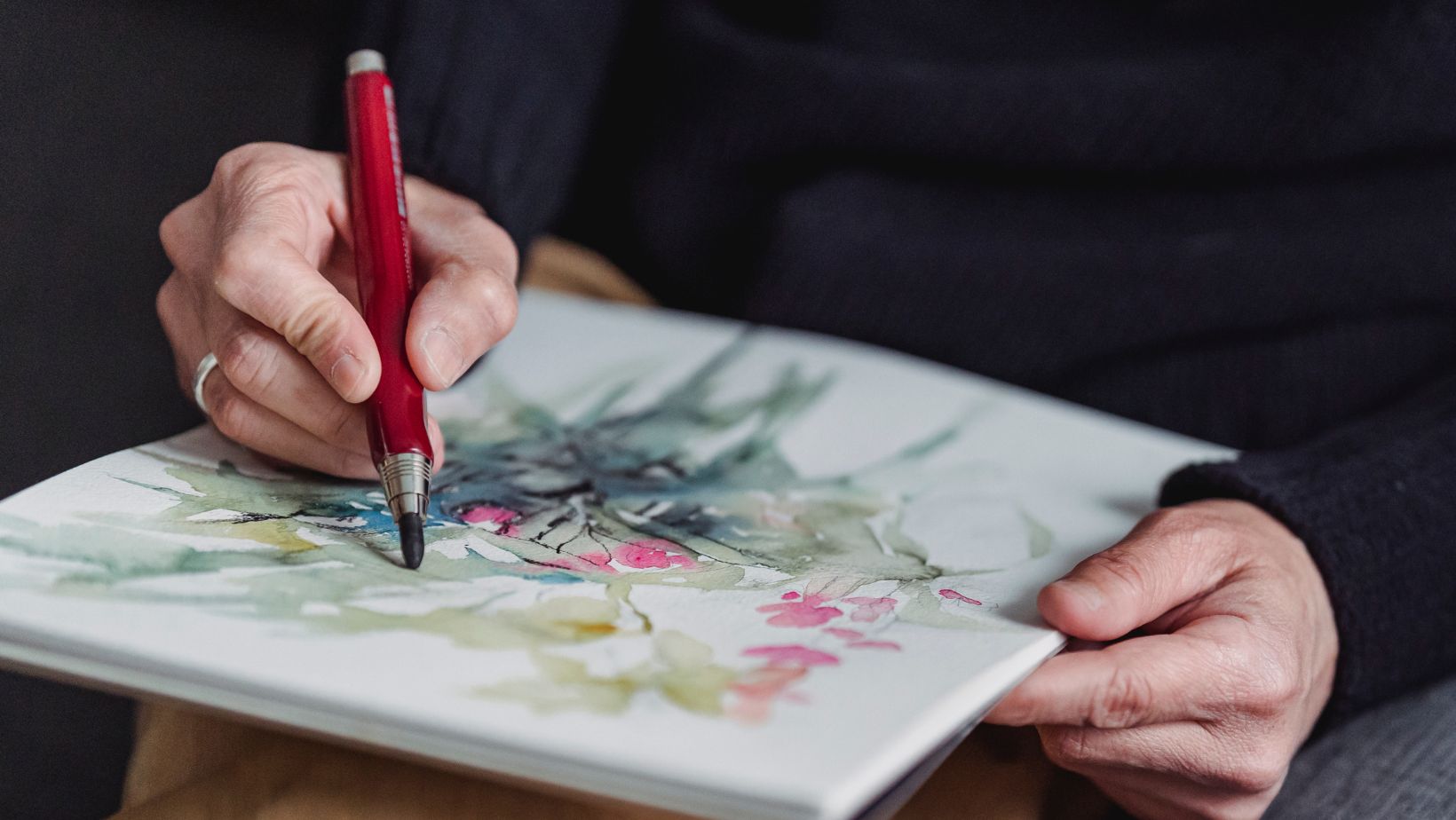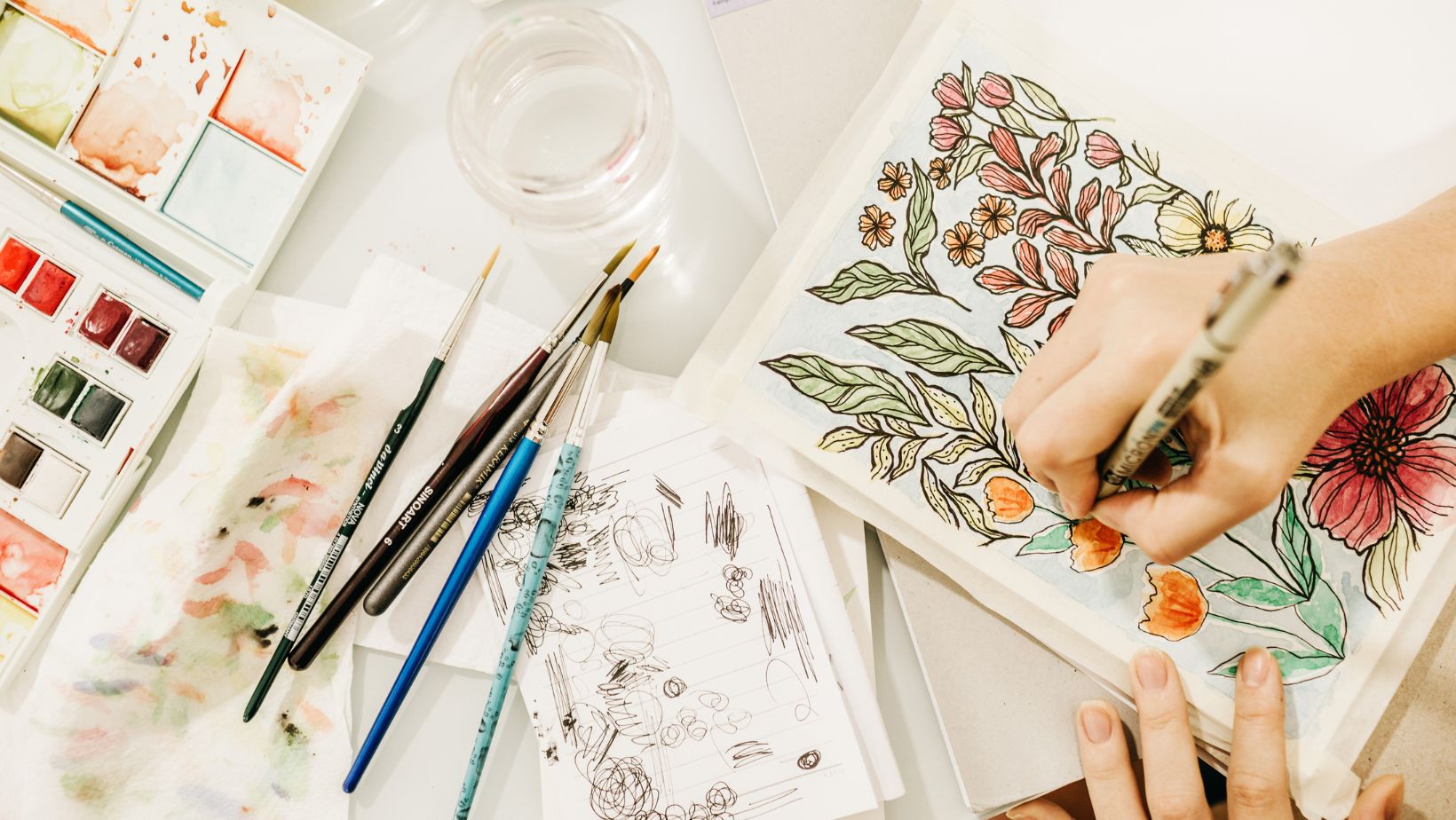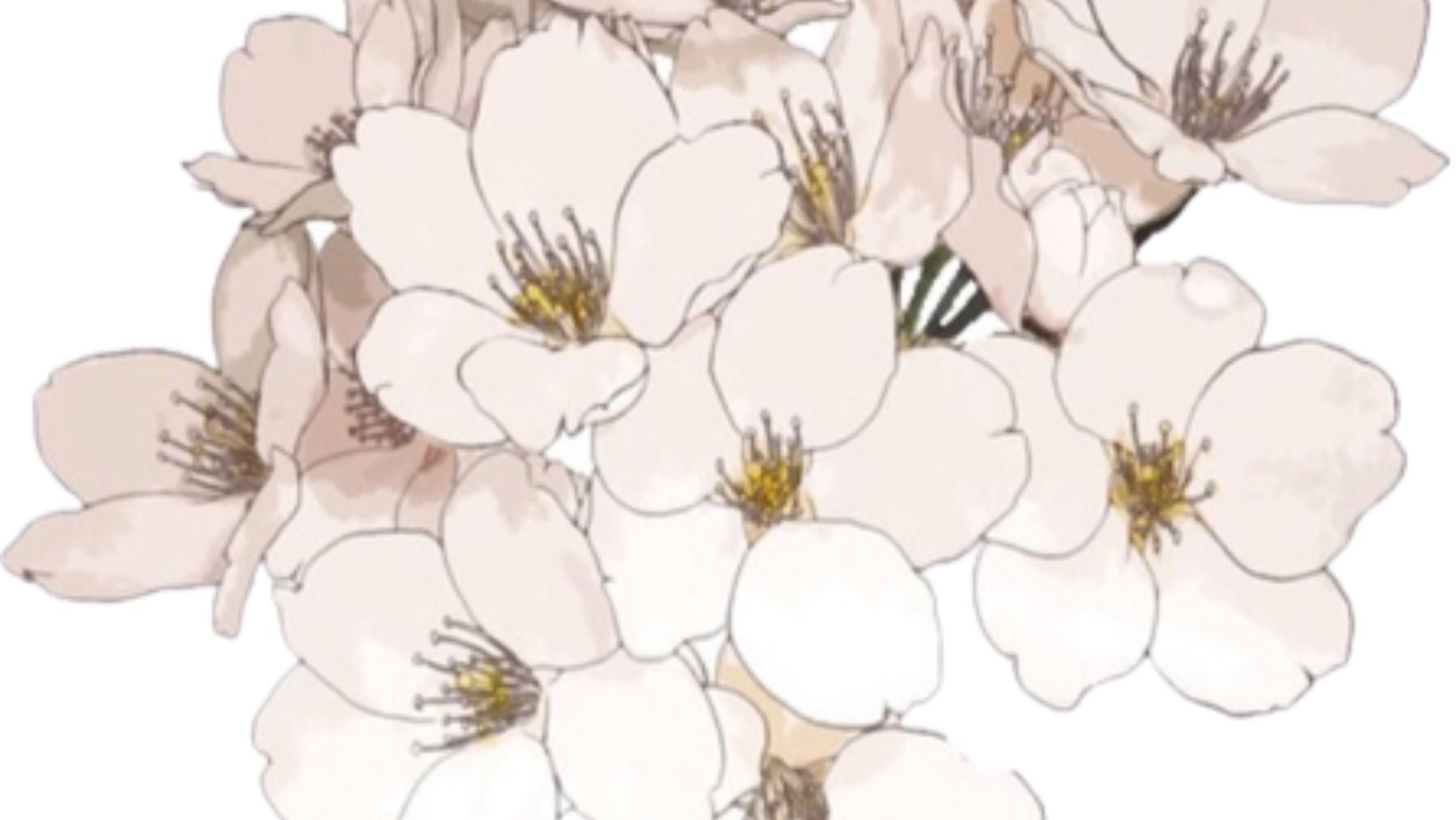
Drawing:b6yad8or5mm= Flowers
Drawing flowers offers a timeless way to connect with nature and express creativity. Whether capturing the delicate petals of a rose or thevibrant bloom of a sunflower, floral art has enchanted artists for centuries. This artistic pursuit invites both seasoned illustrators and beginners to explore the intricate beauty of nature’s designs.
The allure of floral drawing lies in its versatility. Artists can choose to sketch a simple daisy or delve into the complexities of a blossoming orchid. Each flower presents unique challenges and opportunities for personal expression. With just a pencil and paper, anyone can embark on a journey to capture the essence of these botanical wonders.
By learning to draw flowers, artists not only hone their skills but also gain a deeper appreciation for the natural world. This creative process encourages mindfulness and observation, transforming a simple sketch into a meditative practice that enriches both art and soul.
Exploring Drawing Flowers
Drawing flowers offers endless opportunities to engage with nature’s beauty. Artists often begin with choosing flowers that resonate with their personal style. Daisies, for example, are perfect for simple line drawings, while roses provide complex layers for advanced techniques.
Sketching outlines is a crucial first step, forming the foundation of any floral artwork. Using light pencil strokes, artists can shape petals,leaves, and stems before adding intricate details. Florals like sunflowers and lilies allow exploration of varied shapes and textures, enhancing an artist’s skill set.
Shading is essential in creating depth and realism in floral drawings. By manipulating light and shadow, artists can transform a flat image into a lifelike depiction. The strategic use of shading techniques, such as cross-hatching or stippling, brings petals and leaves to life, making them appear three-dimensional.
Experimenting with color broadens the scope of floral art. Watercolors offer subtle, translucent layers, whereas colored pencils provide precision and control. Artists can mimic the vibrant hues of flowers like tulips and hibiscuses, capturing their eye-catching appeal.
Exploring various styles enriches the drawing experience. Choosing realism encourages accurate observation and detailed reproduction, while impressionism allows the freedom to interpret flowers with bold colors and loose strokes. Each approach nurtures an artist’s unique voice within floral artistry.
Essential Materials for Drawing Flowers
Choosing the right materials significantly impacts the quality of floral art. Artists should consider various tools that complement their style and technique.
Pencils and Paper
Selecting appropriate pencils and paper helps achieve precise floral sketches. Graphite pencils ranging from H-grade for lighter lines to B-grade for darker shades offer versatility. Utilizing smooth paper enhances the pencil’s glide, while textured paper provides depth and interest to drawings. Artists often prefer paper weights of at least 80 lb (120 gsm) for durability.
Erasers and Blending Tools
Using erasers and blending tools refines flower drawings and adds depth. Kneaded erasers gently lift graphite without damaging paper, allowing precise control. Blending stumps create smooth transitions between different shades, enhancing realism in petals and leaves. Artists might also use tortillons for subtle shading effects, facilitating delicate adjustments in their artwork.
Comprehending lighting and shadow significantly improves the realism of floral art. Identifying light sources ensures accurate representation of highlights and shadows, enhancing depth. Shading techniques like hatching and cross-hatching create varying tonal values, adding dimension to drawings. Beginners can experiment with different angles and light intensities to understand how they impact flower appearances. Observing real flowers or using reference photos aids in replicating natural lighting effects, leading to lifelike representations.
Drawing flowers offers a rewarding journey into the world of art and nature. It’s a practice that not only hones artistic skills but also nurtures a deeper connection with the natural world. By exploring various techniques and experimenting with different styles, artists can develop their unique voice in floral artistry. Whether capturing the delicate veins of a petal or the vibrant colors of a bloom, the process is as enriching as the final artwork. With the right tools and a willingness to experiment, anyone can transform simple sketches into beautiful, lifelike floral representations.















